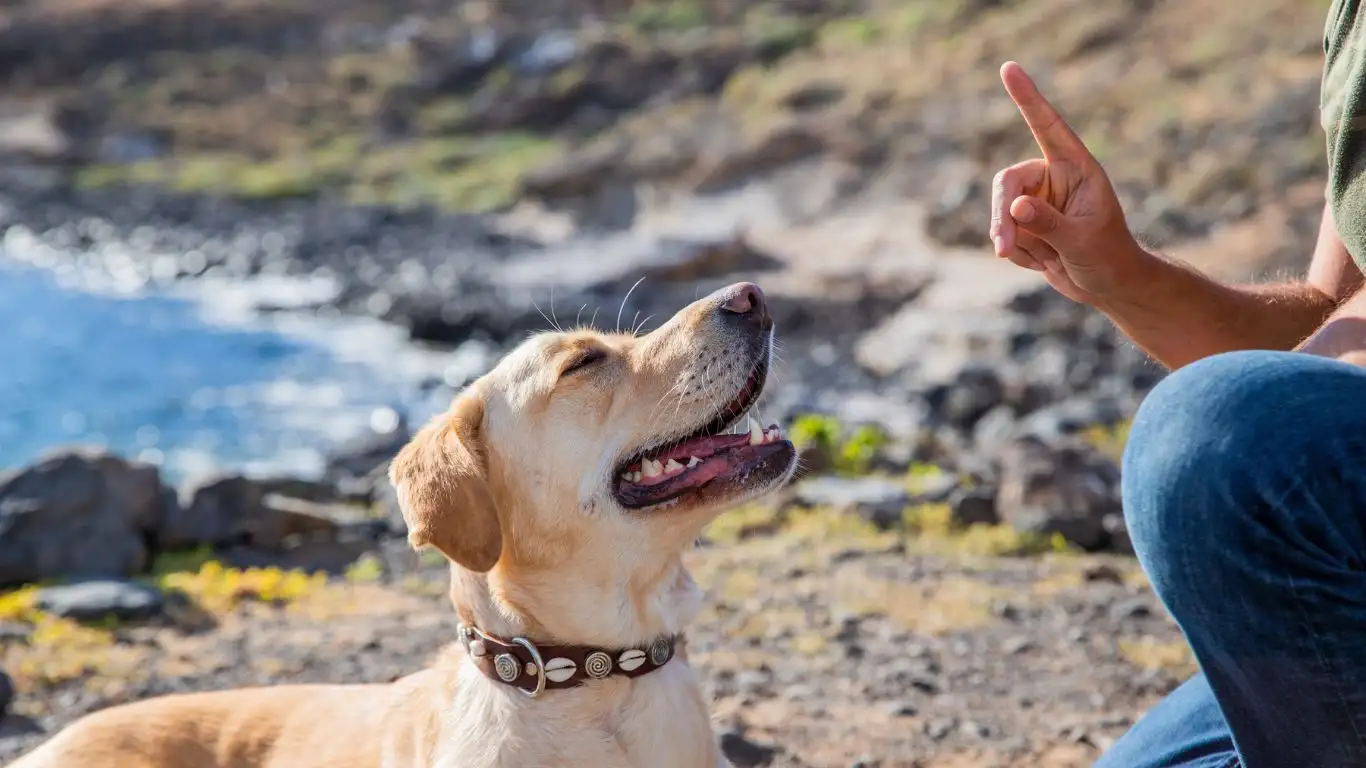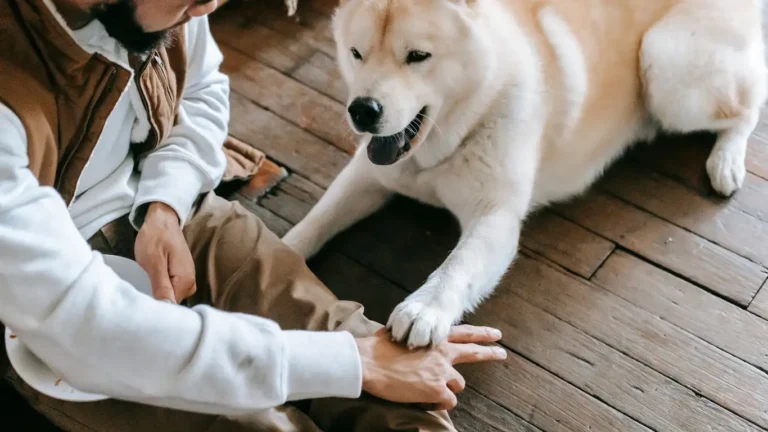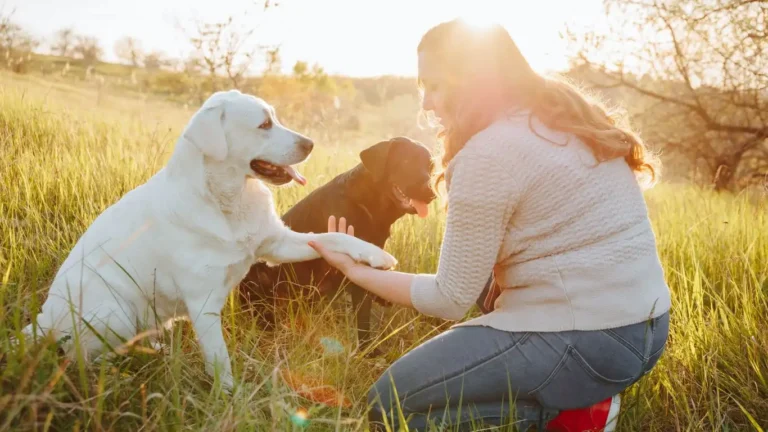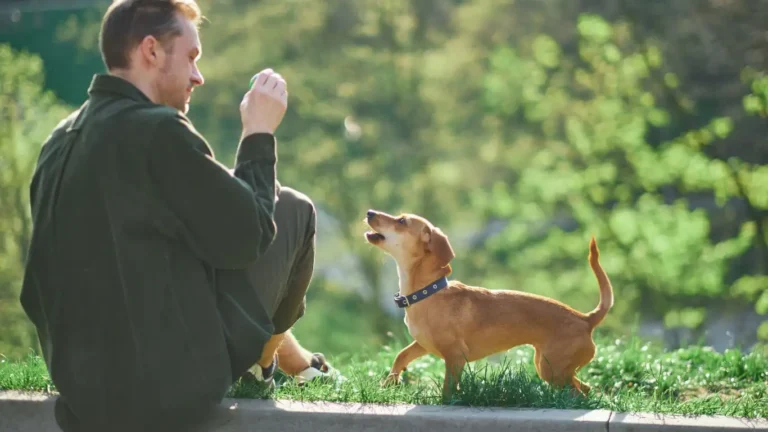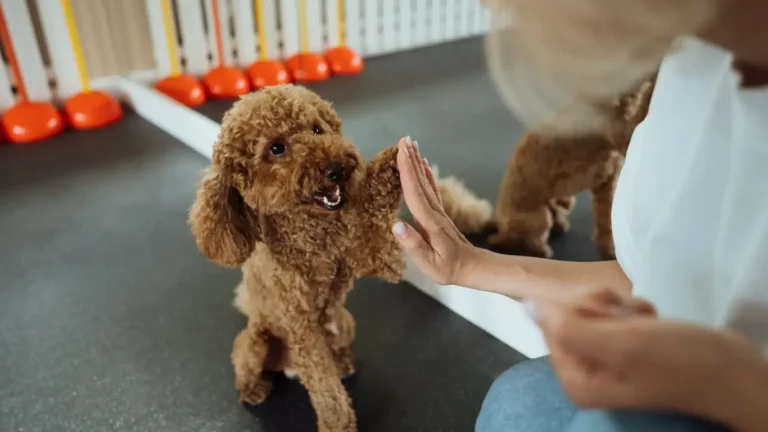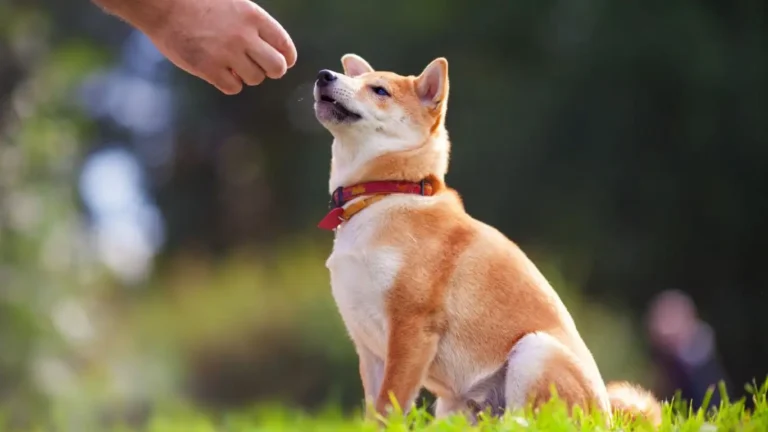How to Train a Dog to Enjoy Car Rides: Proven Tips That Work
If you’ve ever tried to take your dog on a car ride only to have them panic, whine, or refuse to get in, you know how frustrating it can be. As a Canine-Assisted Therapy Trainer, I’ve worked with countless dogs and owners who struggled with this exact challenge. Learning how to train a dog to enjoy car rides isn’t just about convenience; it’s about building positive experiences and trust so your furry friend feels safe, comfortable, and even excited to hit the road with you. From my hands-on experience, it’s all about patience, consistency, and knowing the right steps to take.
Why Do Some Dogs Hate Car Rides?
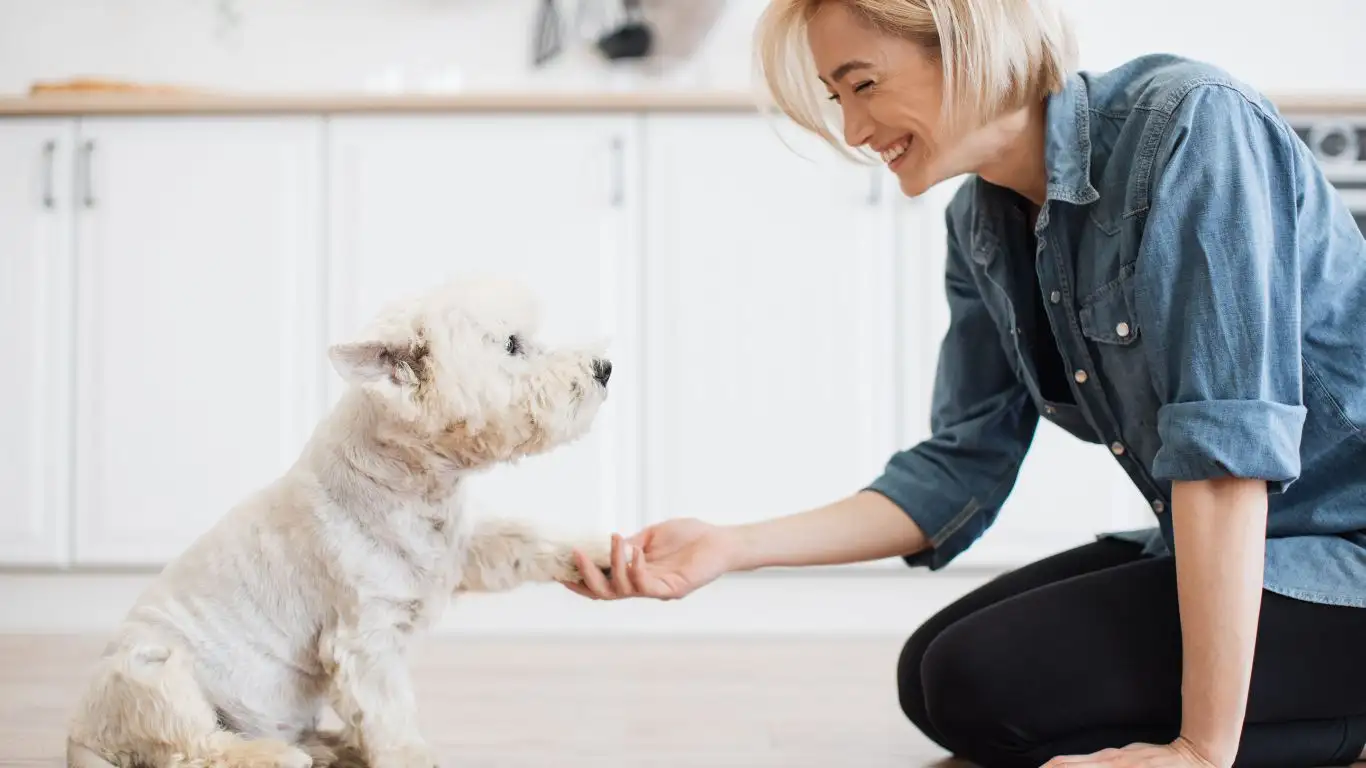
Understanding why your dog dislikes car rides is the first step in addressing the problem. Dogs don’t naturally understand what’s happening when they’re in a moving vehicle. For many, the unfamiliar sounds, movements, and smells can be overwhelming or even scary.
Common Reasons Behind Car Ride Anxiety
- Motion sickness: Just like humans, dogs can get nauseous in cars, which makes them associate car rides with feeling sick.
- Negative past experiences: A trip to the vet or any stressful event linked to car travel can make your dog wary of the whole situation.
- Lack of gradual exposure: Jumping straight into long rides without helping your dog get used to the car environment slowly can cause fear or discomfort.
- Separation anxiety: Some dogs get nervous when away from their home environment or their owner, and the car can trigger those feelings.
When I first started training dogs for therapy work, I encountered several dogs who would tremble and bark the minute the car door opened. Through careful observation and testing, I learned that the key was to approach this fear gently and not rush the process.
How to Train a Dog to Enjoy Car Rides: The Basics
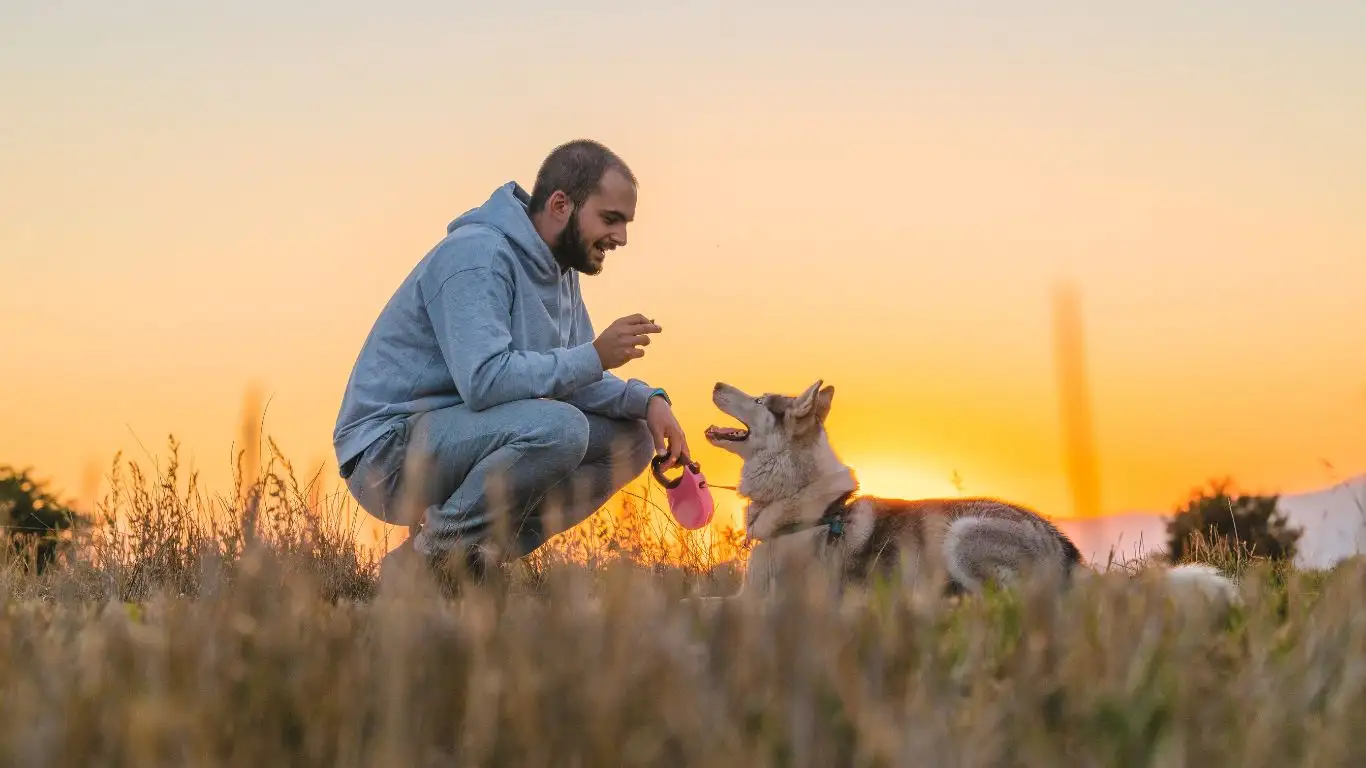
Training your dog to love car rides is a journey, not a sprint. The foundation lies in associating the car with good things — think treats, praise, and lots of calm encouragement.
Step 1: Make the Car a Happy Place
- Start slow: Park the car somewhere quiet and keep the engine off. Let your dog explore the car on their own terms, rewarding them for curious behavior.
- Bring favorite toys or blankets: Familiar smells can reduce anxiety, so having something your dog loves inside the car can work wonders.
- Use treats generously: Every time your dog steps into or even sniffs the car, reward them. This helps create a positive association.
One of my therapy dogs, Bailey, was hesitant about car rides at first. I remember sitting on the pavement with her, letting her sniff around the car while handing her bits of her favorite cheese. Within a few sessions, she was happily hopping into the car just to get more treats.
Step 2: Short Rides with Positive Endings
Once your dog is comfortable just being near and inside the stationary car, it’s time to try moving. But keep it short and sweet at first — five minutes around the block or even just sitting in the driveway with the engine running can be enough.
- Always end the ride with something fun — a walk, playtime, or their favorite park.
- Avoid stressful destinations initially, like the vet, which might reinforce negative feelings about car rides.
For me, pairing these mini rides with joyful activities made a huge difference. Dogs are incredibly smart and remember how a trip ends just as much as the trip itself.
Building Confidence and Comfort During the Ride
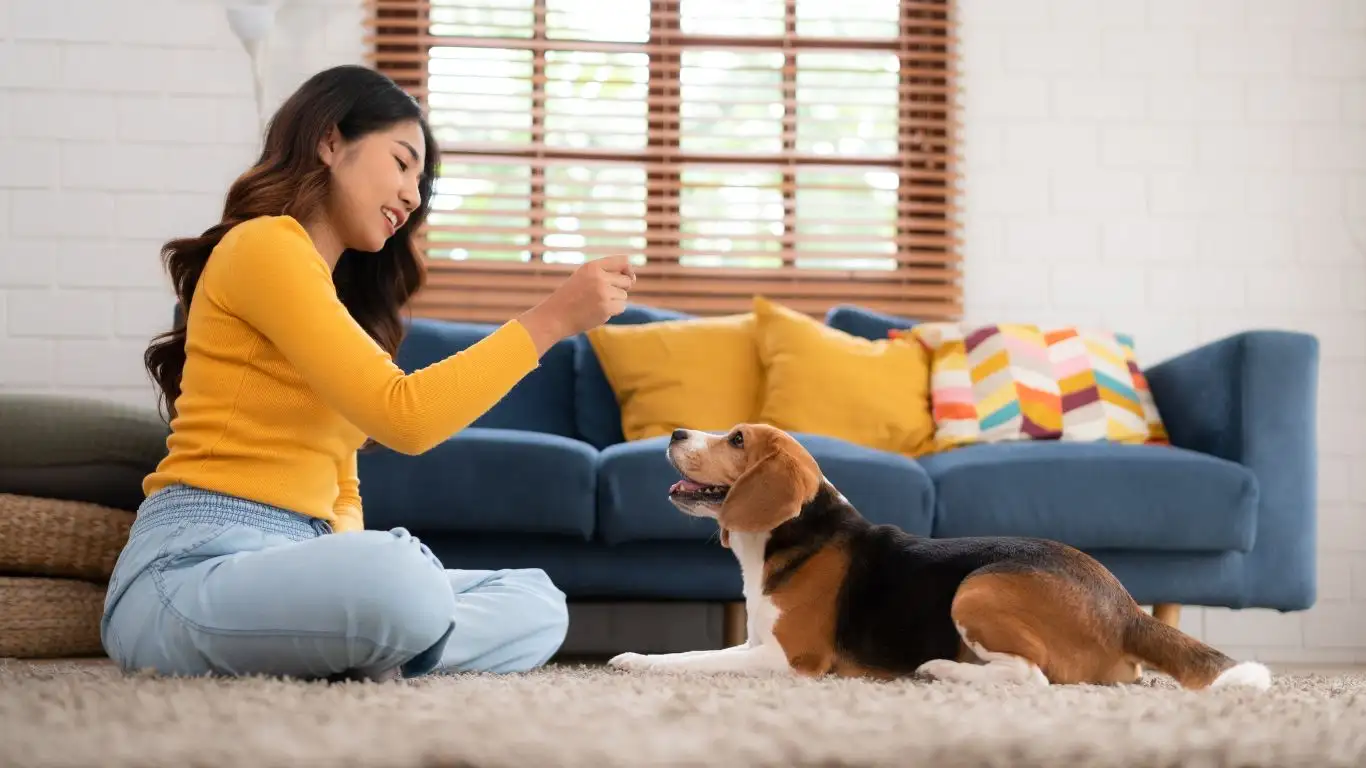
Once your dog is somewhat comfortable with short trips, the next step is helping them build confidence during the ride itself. This stage is all about managing their emotions and making the experience as enjoyable as possible.
Keep Things Calm and Predictable
Dogs pick up on our energy, so if you’re stressed or rushing, they’ll likely feel the same. I always remind owners to take deep breaths and stay relaxed when preparing for car rides. A calm handler means a calmer dog.
- Use a calm, cheerful tone to reassure your dog.
- Avoid sudden movements when getting in or out of the car.
- Consider playing soft, soothing music during the ride to help drown out loud noises.
In my experience, creating a calm environment sets the tone for a positive car ride. One therapy dog I worked with, Max, would tense up the moment we started the engine. After incorporating a gentle routine—quiet praise, slow petting, and soft music—Max began to relax almost immediately.
Secure Your Dog for Safety and Comfort
Not only is safety crucial, but proper restraint can also help your dog feel more secure. Dogs who are free to move around the car may become anxious or restless. I recommend using dog seat belts, car harnesses, or even a well-ventilated crate if your dog feels safe inside it.
- Introduce the restraint slowly, allowing your dog to explore it when the car is stationary.
- Make wearing the harness or seatbelt a positive experience by pairing it with treats and praise.
- Ensure your dog has enough room to sit or lie down comfortably.
During my therapy training sessions, I noticed that dogs who were securely fastened showed less anxiety and fewer attempts to escape or bark. Plus, safety for your pup and everyone in the car is a win-win.
Overcoming Common Car Ride Challenges
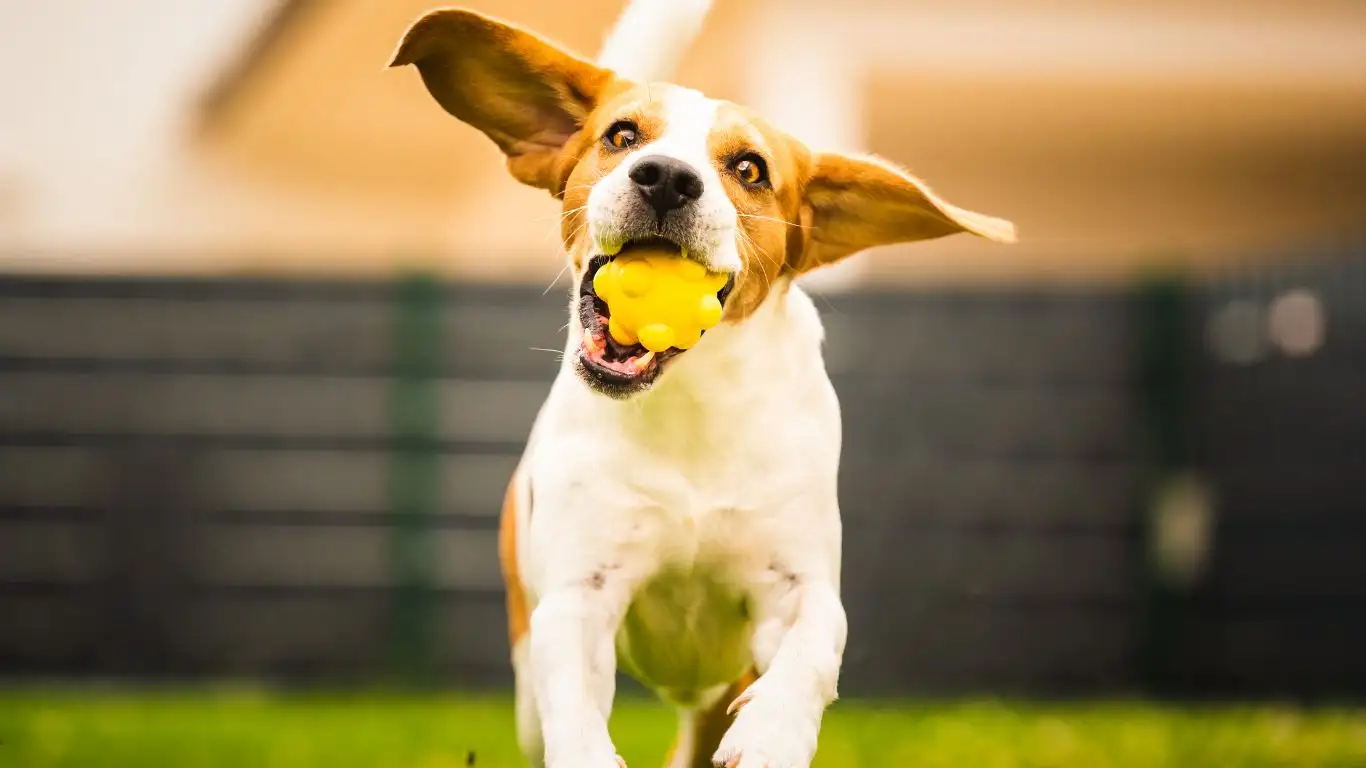
Even with the best preparation, some dogs might still face hurdles. Let’s talk about a few common issues and practical tips to tackle them.
Dealing with Motion Sickness
Motion sickness is a big reason some dogs dread car rides. If your dog drools excessively, vomits, or seems uneasy during rides, this might be the culprit.
- Short, frequent rides: Gradually increasing the length of rides can help your dog build tolerance.
- Avoid feeding right before travel: Give your dog a few hours between eating and the car ride.
- Consult your vet: There are safe medications and natural remedies that can ease motion sickness symptoms.
I once worked with a dog named Luna who hated car rides because she’d get so nauseous. By adjusting her meal times and consulting with her vet for a mild anti-nausea medication, we were able to turn car trips from a nightmare into a manageable routine.
Reducing Anxiety and Fear
If your dog exhibits panting, whining, or attempts to jump out, they’re likely experiencing anxiety. Here are some tips I’ve found effective over the years:
- Practice calming exercises: Teach your dog basic relaxation skills like “sit” and “stay” outside the car and reward calm behavior.
- Use calming aids: Natural calming sprays, pheromone diffusers, or anxiety wraps can help.
- Don’t punish: Never scold or force your dog into the car; this can worsen their fear.
One of my favorite success stories involves a rescue dog named Rosie. She was terrified of car rides at first. Through gradual desensitization, patience, and the use of a pheromone collar, Rosie now eagerly jumps in and even enjoys the breeze through the window!
Making Car Rides a Fun Adventure
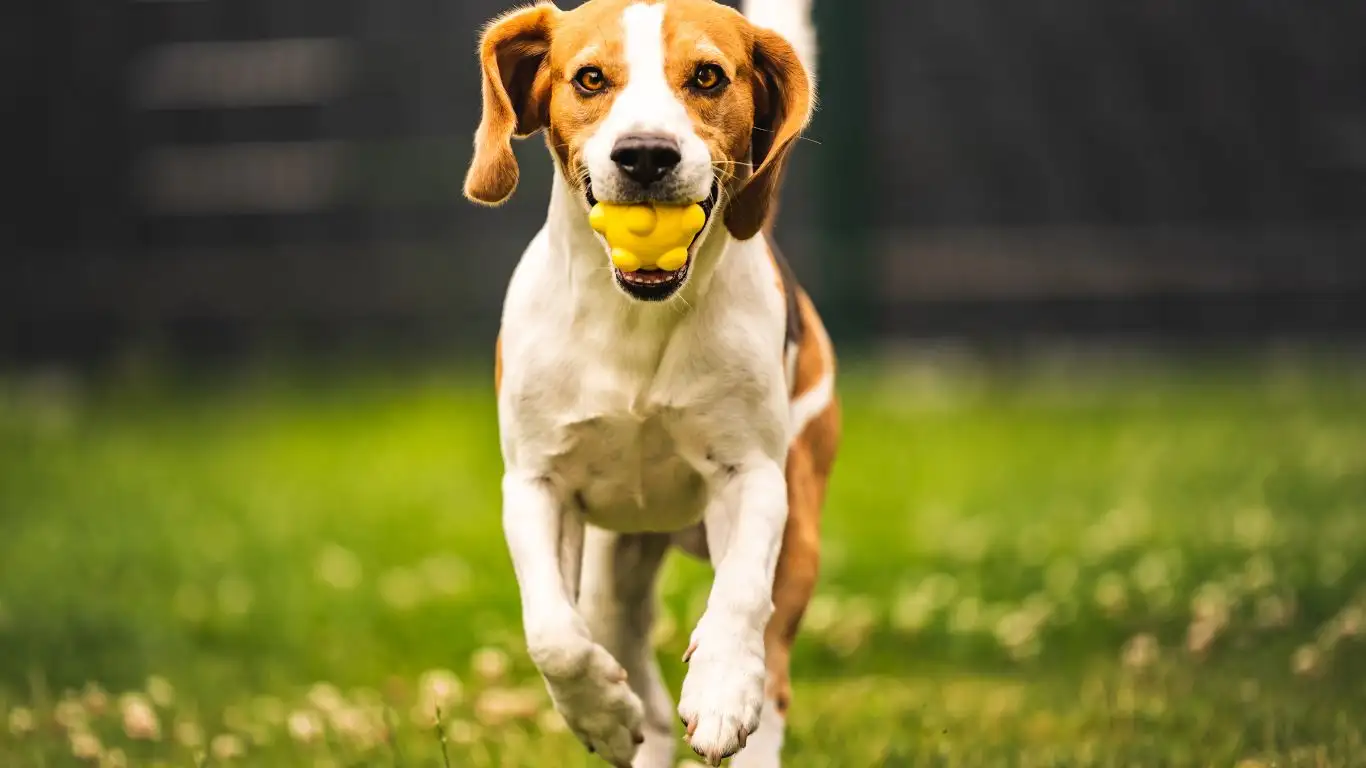
Finally, one of the best ways to train a dog to enjoy car rides is by turning the trips into fun, rewarding adventures. This mindset shift can be a game-changer.
Plan Positive Destinations
Rather than just trips to the vet or places your dog dislikes, try to make some car rides about visiting parks, friends, or fun new environments. Dogs quickly learn where the car takes them and will associate travel with good times.
Bring Along Rewards and Toys
Keep a stash of special treats or toys that only come out during car rides. This makes the experience more enticing and helps distract from any nerves.
Celebrate Progress, No Matter How Small
Remember, every step forward deserves praise. Whether your dog hopped into the car without hesitation or stayed calm during a short drive, these wins build a positive pattern. I always tell my clients to be patient and celebrate the small victories along the way.
Advanced Tips to Keep Your Dog Loving Car Rides
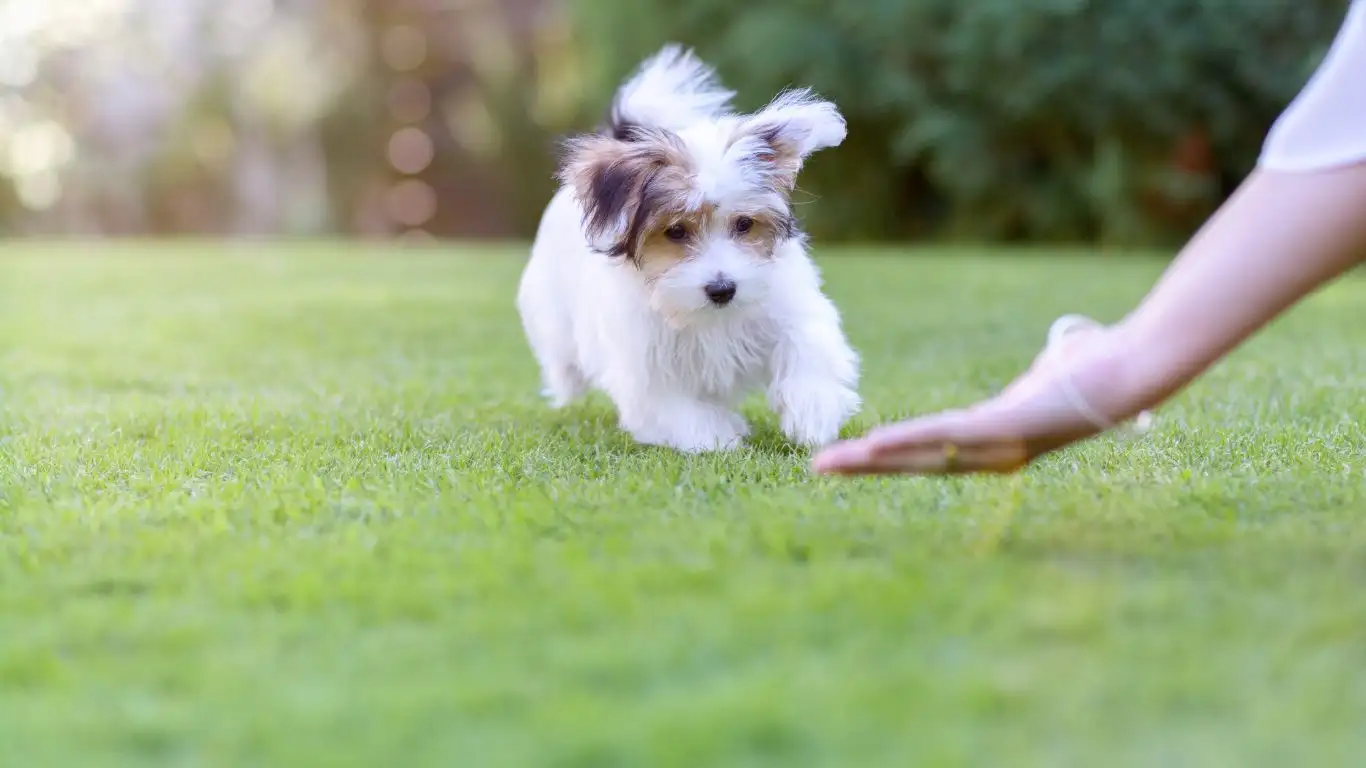
By now, if you’ve followed the steps carefully, your dog should be much more comfortable and even look forward to car rides. But to keep that positive momentum going, there are a few advanced tips and tricks I’ve learned from years working with therapy dogs and their owners that can make a real difference.
Use Conditioning and Cues
Dogs thrive on routine and signals. You can train your dog to associate specific cues with car rides to make the process smoother. For example:
- “Car time” cue: Use a phrase like “car time” or “ride time” right before getting them into the car. Pair it with treats and praise so your dog starts anticipating something fun.
- Door approach routine: Make a small ritual of opening the car door, calling your dog gently, and rewarding them when they get in calmly. Consistency here helps reduce anxiety over time.
- Exit cue: Have a clear cue like “all done” or “out we go” to signal when the ride is finished, so your dog knows what to expect next.
With my therapy dog, Zoe, conditioning was everything. I used a “car ride” command before every session, and she immediately understood it meant a positive experience ahead. This kind of clear communication builds trust and lowers stress.
Incorporate Exercise Before Rides
A tired dog is a relaxed dog. If possible, give your dog some exercise before the car ride. This helps expend excess energy and can reduce nervous pacing or whining during the trip.
One quick walk or a short play session in the yard before hopping into the car has made a huge difference for many of my clients’ dogs. It’s like a natural calming tool that gets them ready to settle down in the vehicle.
Handling Setbacks and Maintaining Progress
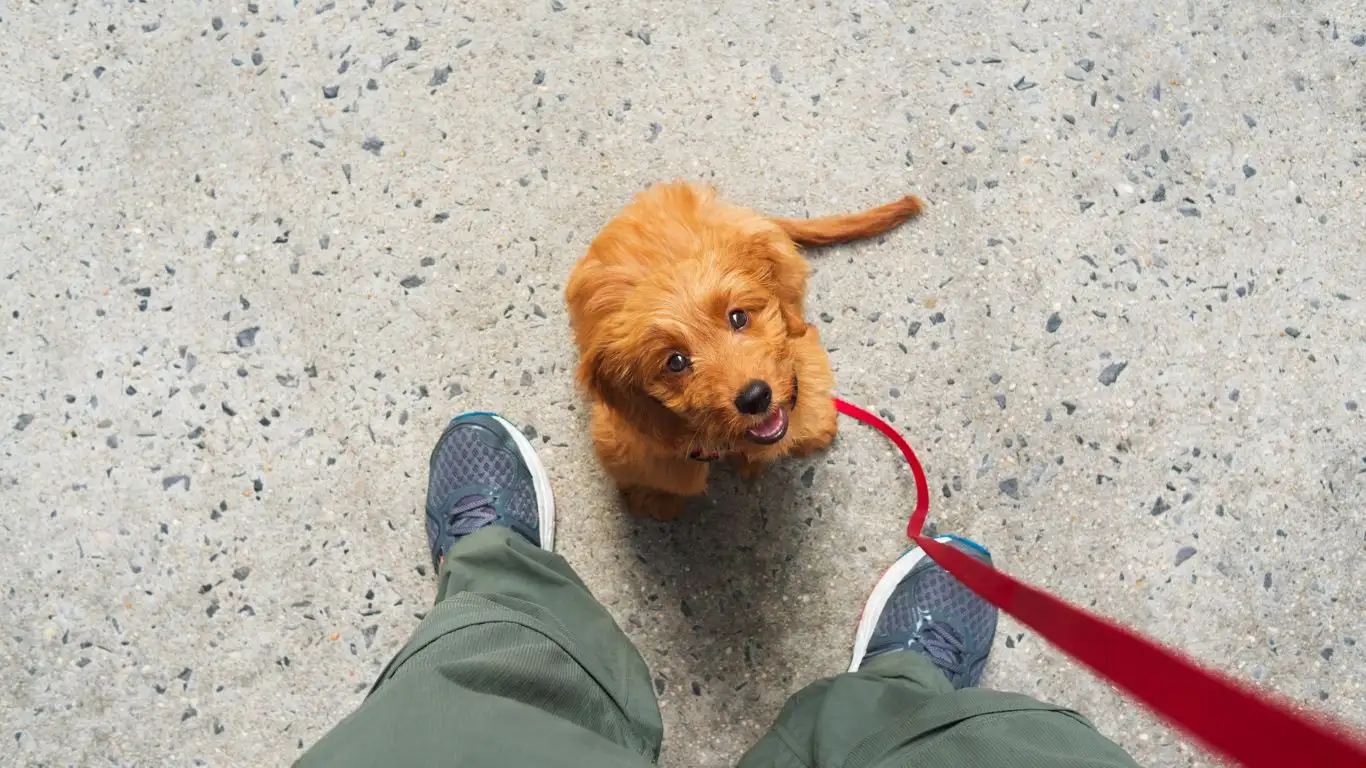
It’s important to remember that setbacks are totally normal — even after making good progress. Maybe your dog suddenly becomes nervous again after a long break, or something stressful happens during a ride. Don’t get discouraged! Here’s how to handle these bumps.
Revisit the Basics
If your dog’s anxiety returns, go back to some of the earlier steps, like sitting calmly near the parked car or doing short rides with lots of treats. Sometimes dogs just need a refresher to rebuild confidence.
Be Patient and Consistent
Dogs pick up on patterns, so maintaining a steady, positive routine is key. Keep rewarding calm behavior and avoid rushing the process. Even a few minutes of consistent training daily can make a big difference.
Recognize Your Dog’s Limits
Some dogs may take longer to adjust or always have a bit of nervousness around car rides. That’s okay. Respect their comfort levels and don’t push too hard. Sometimes a slow, gentle approach works best.
In my therapy work, I’ve found that the best results come when owners become patient partners in the process, celebrating each little success and tuning into their dog’s unique needs.
Resources and Professional Support
If you’re struggling despite your best efforts, don’t hesitate to reach out to professionals. Certified trainers, behaviorists, or veterinarians can provide personalized guidance tailored to your dog’s specific challenges.
Some helpful resources include:
- ASPCA – Offers advice on pet behavior and training
- American Veterinary Medical Association – Veterinary guidance on motion sickness and anxiety
- American Kennel Club – Training tips and breed-specific advice
Disclaimer
This article is intended for informational purposes only and does not replace professional veterinary advice, diagnosis, or treatment. Always consult your veterinarian or a certified canine behavior specialist if you have concerns about your dog’s health or behavior.
